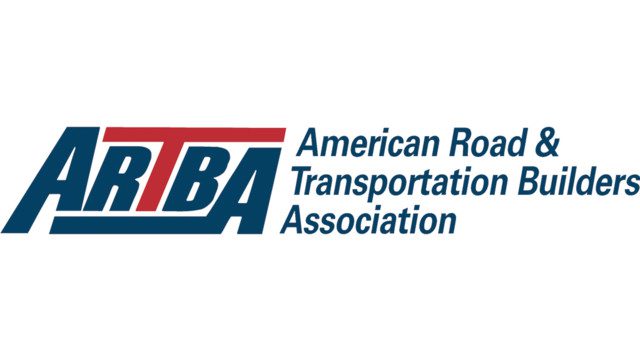What Has Happened with U.S. Bridges in the 10 Years Since the Minneapolis I-35W Bridge Collapse?

(WASHINGTON)— August 1 marks the 10th anniversary of the I-35W bridge collapse in Minneapolis. The bridge was classified as “structurally deficient” and was undergoing repair at the time.
The American Road & Transportation Builders Association (ARTBA) has looked at federal government data to see what progress has been made in repairing the nation’s bridges in the decade since the collapse.
States have devoted significant resources to bridge work, ARTBA says. The value of bridge construction increased 39 percent, from $23.2 billion in 2007 to $32.3 billion in 2016, according to the U.S. Census Bureau. During the same time period, highway and street construction activity increased just 8 percent, from $54.6 billion to $59.2 billion.
Despite the ramp up in investment, it has not been enough to keep up with the nation’s bridge needs.
In 2016, there were 55,710 structurally compromised bridges, a 24.5 percent reduction compared to the 73,817 back in 2007, according to ARTBA’s analysis of the U.S. Department of Transportation’s National Bridge Inventory database.
At current pace, it would take more than three decades to replace or repair all of them, according to ARTBA Chief Economist Dr. Alison Premo Black, who conducted the analysis.
A long-term infrastructure package from Congress and a permanent revenue solution to the Highway Trust Fund would help states make greater progress on fixing the nation’s deteriorating bridges, Black says. Federal investment supports over half of all state highway and bridge construction programs.
The challenges will only continue to grow in the future. The average age of a structurally deficient bridge in the U.S. is 67 years, compared to 39 years for non-deficient bridges. In 2007, the average age of a structurally deficient bridge was 60 years, compared to 34 years for non-deficient.
To help ensure public safety, bridge decks and support structures are regularly inspected for deterioration and remedial action. They are rated on a scale of zero to nine—with nine meaning the bridge is in “excellent” condition. A bridge is classified as structurally deficient and in need of repair if the rating for a key component is four or below.
While these bridges may not be imminently unsafe, they are in need of attention.
The states with the biggest decrease in the number of structurally deficient bridges in the last 10 years: Oklahoma (2,458), California (1,861), Pennsylvania (1,466), Texas (1,350), Missouri (1,282), Mississippi, (1,010), Ohio (1,008), Kansas (856), Alabama (712) and Indiana (536).
States with an increased number of deficient bridges include: West Virginia (174), Idaho (52), Arizona (27), Delaware (22) and Rhode Island (21).
Established in 1902, Washington, D.C.-based ARTBA represents the U.S. transportation design and construction industry before Congress, the White House, federal agencies, news media and the general public.
Here’s a link to the ARTBA analysis.


